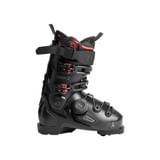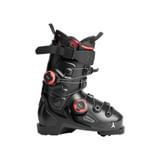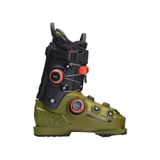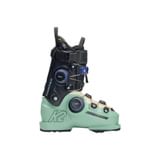BOA® in Ski Boots – Just a Hype or the Future of Skiing?
Four buckles, a stiff shell, a tight fit – that was the gold standard of ski boots for decades.
But if you’ve ever struggled to adjust your boots with frozen fingers or suffered from pressure points during a long day on the mountain, you know: there has to be a better way. That’s exactly where the BOA® Fit System comes in – a revolutionary closure technology that’s transforming skiing by making boots more comfortable, more precise, and more powerful. But how does the system work? And which models showcase its potential the best?
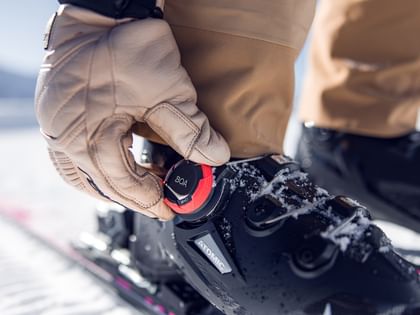
How does the BOA® Fit System work - and why is it a game changer?
The BOA® Fit System replaces traditional buckles with a precisely adjustable dial that tightens or loosens a high-strength cable system. Originally developed for snowboarding and cycling, this technology has proven itself over many years and is now making its way into alpine skiing – with impressive results.
The big advantage: BOA® distributes pressure evenly across the entire foot. Instead of localized pressure points from buckles, you get a balanced hold that adapts perfectly to your anatomy. With just one hand – even while wearing gloves - you can fine-tune the fit of your ski boot to the millimeter. No opening, closing, or re-adjusting - just turn the dial and you’re ready to go. And with Dual BOA® models, you can even adjust the shell and cuff separately. The result is a level of fit that traditional ski boot buckles simply can’t match.
This difference is especially noticeable in heel hold: by evenly wrapping the midfoot and following an anatomically optimized design, BOA® ensures a stable foot position – ideal for precise turn initiation and confident control on any terrain. That means less movement inside the boot, better power transmission to the ski, and greater efficiency in every turn.
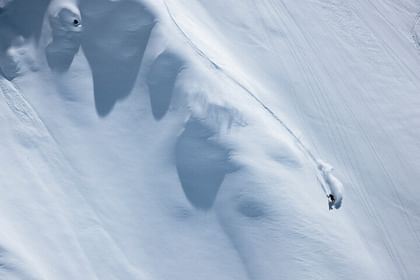
These models set new standards: Atomic Hawx Ultra & K2 Cortex
Two models stand out in the current BOA generation: the Atomic Hawx Ultra 130 S BOA & Dual BOA, and the K2 Cortex 120 Zonal BOA (or 105 Zonal BOA W for women).
The Atomic Hawx Ultra 130 S BOA is a true powerhouse for ambitious skiers. Its narrow 98 mm last, combined with the BOA® Fit System and Power Ankle Lock, ensures precise heel hold and maximum control. Thanks to the Mimic liner technology, which can be thermo-molded, the boot adapts almost perfectly to the shape of your foot. In the Dual BOA version, the cuff can be adjusted separately – ideal for skiers with a high instep or specific calf requirements. The Prolite construction adds stability exactly where it’s needed, without adding unnecessary weight.
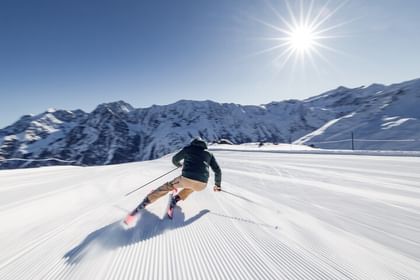
The K2 Cortex Zonal BOA®, on the other hand, is the first ski boot on the market designed entirely around the BOA® system. Two independently adjustable dials – one for the forefoot and one for the cuff – allow for a fully customized fit. The combination of a low last (96–98 mm), aggressive flex (up to 140), GripWalk sole, and anatomically optimized liner makes it the top choice for ambitious all-mountain and freeride skiers. Developed in collaboration with athletes from the Freeride World Tour, its performance pedigree is unmistakable. With the Cortex Zonal 120 BOA for men and Cortex Zonal 105 BOA W for women, K2 delivers uncompromising performance for those who push their limits.
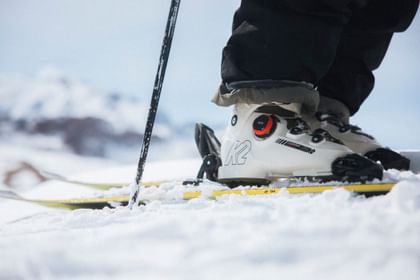
Conclusion: BOA is here to stay
The BOA® Fit System is no gimmick – it’s a true innovation that takes comfort, control, and fit in ski boots to the next level. Once you’ve skied in a BOA-equipped model, it’s hard to go back to traditional buckles. The benefits are obvious: millimeter-precise adjustment, fewer pressure points, a more secure heel hold, and optimized power transmission.
With models like the Atomic Hawx Ultra BOA or the K2 Cortex Zonal BOA®, you’re getting cutting-edge ski boot technology built for maximum performance on the mountain – whether on groomers or in the powder. So if you’re looking for a ski boot that adapts to you, not the other way around: try a BOA® model. You’ll feel the difference – and you won’t want to go back.

